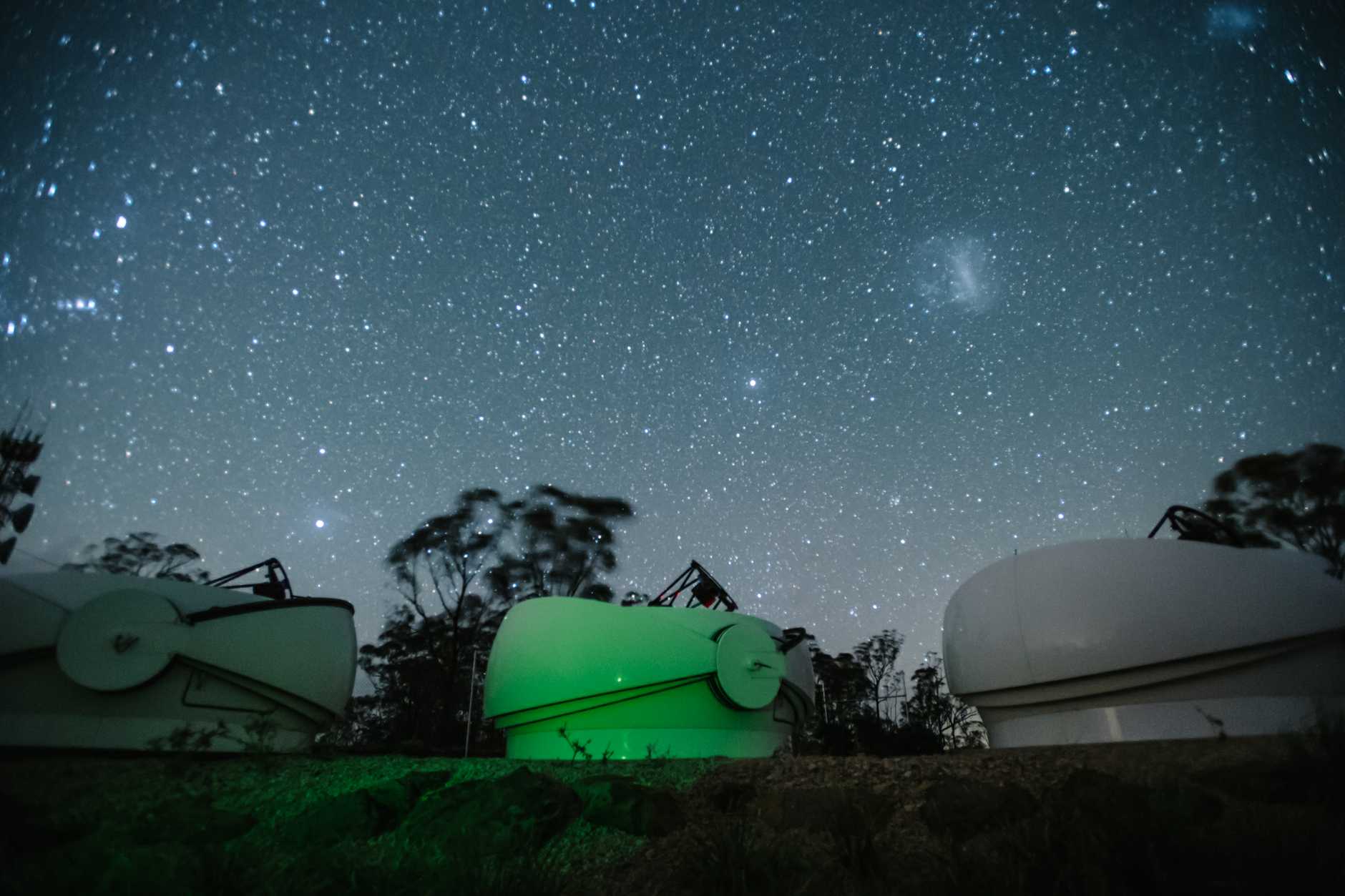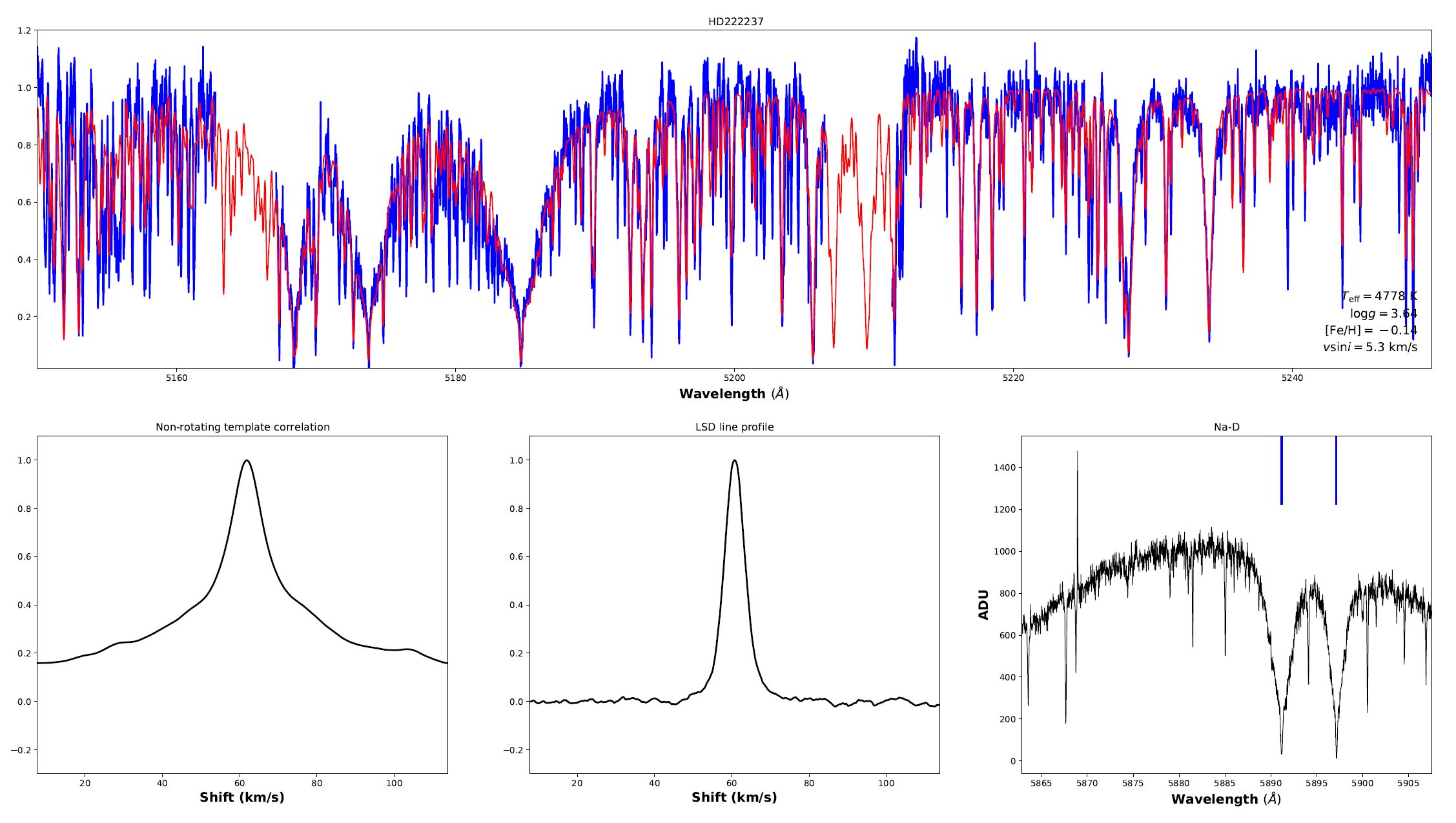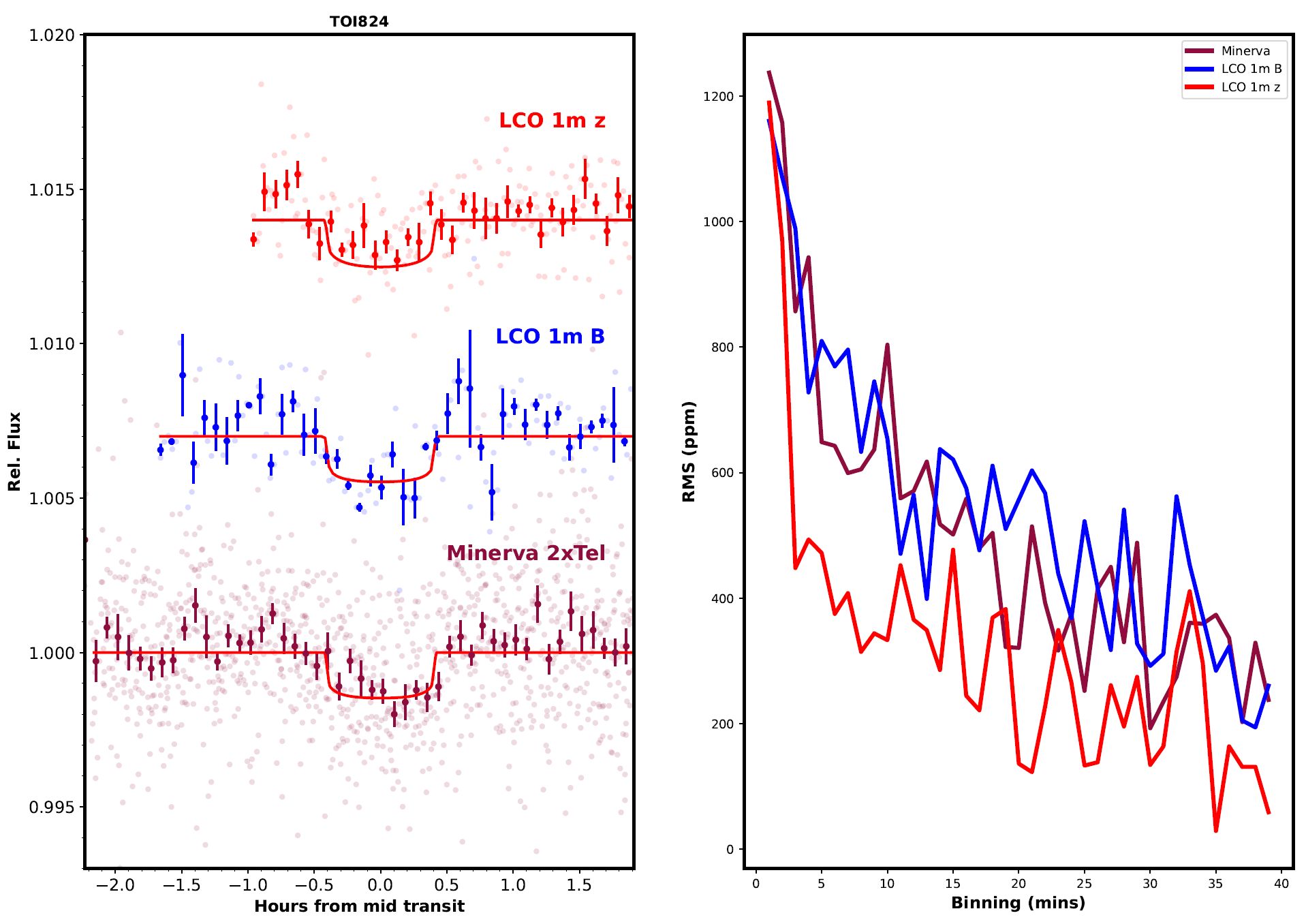
The MINERVA Australis team held an information session on September 21, 2022.
Proposals should be submitted to the NN-Explore Program through the NOIRLab proposal process. Information about the current NOIRLab call can be found at the NOIRLab proposal pages.
As part of the NN-EXPLORE program, NASA has entered into a partnership with the MINERVA-Australis consortium. Starting in 2020B, 300 hours of shared-risk observing time per semster with the facility on MINERVA-Australis are available to researchers based at US institutions. MINERVA-Australis is a dedicated exoplanet observatory operated by the University of Southern Queensland (USQ) in Queensland, Australia. The MINERVA-Australis facility is suitable for observation programs requiring precision radial velocities such as individual measurements to constrain orbits and masses, RM-effect, or Doppler tomography, precision photometric observations such as transit observations, and spectroscopic stellar characterization.
The facility is located at USQ's Mt. Kent Observatory, and saw first light in 2018; commissioning of the facility was completed in mid-2019. MINERVA-Australis consists of 4 (0.7m) PlaneWave CDK700 telescopes; these telescopes have two ports, allowing each to be used for either spectroscopic or photometric observations.
The shared risk time can be used to apply for spectroscopic and/or photometric observations. A summary of the facility and its capabilities can be found in the commissioning paper by Addison et al. 2019.
The spectroscopic observations cover 480 - 630nm at R>80000 with no order overlap and some small wavelength gaps between the orders. Spectroscopically the telescope array can observe targets with V<11.5 magnitude. Very bright targets (V<8) should be close to the spectrograph noise floor and RV precision better than 5m/s (depending on the project rotational velocity, V sini ). Targets with V>8 will be photon limited in their RV precision (again, this RV precision is reduced by higher stellar projected rotation, V sini ). Indicative precision can be seen in the following examples.
The allocated observations are queue scheduled and data is reduced within a few days of each observation and a summary with preliminary RV results are sent through via email to the requesting astronomer. For spectroscopy, all telescopes available will observe the same target individually for each observation. The individual telescope observations can be combined as independent measurements to produce a more precise result (i.e. all four telescopes combined will provide an uncertainty approximately half the size of that from one telescope). In addition, the project provides a spectroscopic diagnoistic plot for each observation:

The photometric observations can be requested to use only a specified number of telescopes (e.g. only 1 telescope for a simple ephemeris check on an easy to detect transit, or 4 telescopes on a faint target or small transit). The photometric observations are going through a process of automation at the moment, so requests may be manually or automatically managed. Our testing has shown the best photometric precision with white light observations (i.e. no filter), but full Sloan and some Bessell filters are available. As an example of the capability of our photometric precision we include a plot showing a comparison to LCO 1m observations of TOI824. TOI824 is a V=11.3mag star with a transiting planet of size 2.9 Earth Radii, and a transit depth of 1.5ppt.

The allocated photometric observations will be scheduled, and the photometric data will be reduced within a few days. The requesting astronomer will be provided a summary of the data via email. Similar to spectroscopy, the individual telescope observations can be combined as independent measurements to produce a more precise result.
NASA has made available to researchers based at US institutions, 300 hours on the Minerva-Australis facility per semester. The time is intended for exoplanet research, primarily of TESS targets but other exoplanet science will be considered. Proposed observing time will be allocated in hours and must include all science and calibration observations necessary to accomplish the science. More information can be requested by contacting David Ciardi at NExScI or Rob Wittenmyer at USQ.
As MINERVA-Australis is a scientific consortium, proposers must abide by the following restrictions:
Publications resulting from data collected as part of the selected programs are requested to include the following acknowledgement:
"Data presented herein were obtained with the MINERVA-Australis facility at the Mt. Kent Observatory from telescope time allocated through the NN-EXPLORE program. NN-EXPLORE is a scientific partnership of the National Aeronautics and Space Administration and the National Science Foundation."